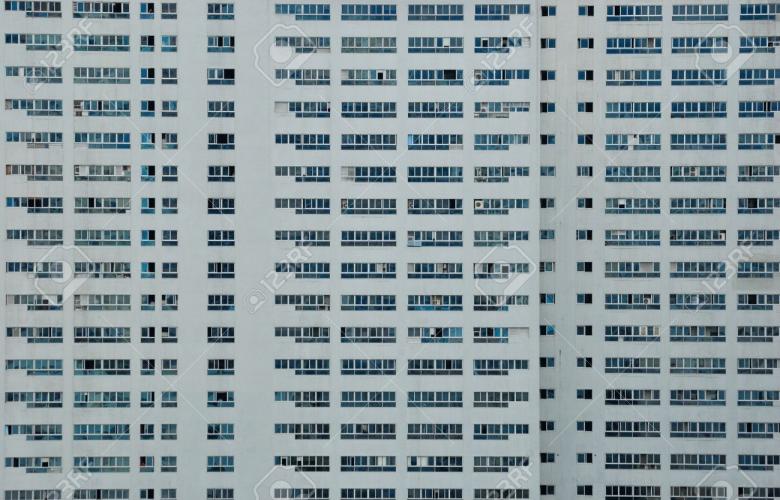Serviced apartments expected to launch this year will put pressure on city-wide absorption -Shenzhen China
Contact
Serviced apartments expected to launch this year will put pressure on city-wide absorption -Shenzhen China
Shenzhen regulatory policies released in 2016 continue to put pressure on both transaction volume and prices in the primary market, while secondary market transaction volume also continues to decline.
Savills have released their 2017 Shenzhen Residential Sector Briefing report
Sales market overview
Regulatory policies released near the end of 2016 continued to have a tightening effect on sales market activity, from a QoQ basis. The firsthand residential market witnessed a decrease in both prices and transaction volumes from Q4/2016 to Q1/2017, while the second-hand
market witnessed a decrease in quarterly transaction volumes QoQ. Mass residential market First-hand transaction prices decreased 0.8% QoQ to an average of RMB54,846 per sq m, up 14% YoY. First-hand transaction volumes decreased 63.8% QoQ to 336,352 sq m, down 78.8% QoQ. Secondhand transaction volumes reached 1.11 million sq m during the period, down 31.9% QoQ and also down 66.1% YoY. According to the National Statistics Bureau, Shenzhen ranked last on a quarterly price appreciation index, when compared to neighbouring cities (Shaoguan, Huizhou, and Guangzhou) between October 2016 and January 2017. This highlights the significant effects government policy had on Shenzhen’s residential purchasing market. As for transaction volumes, the first- and second-hand market trend has been relatively lower since mid-2015.
Sales market outlook
Newly-enforced regulatory policies have decreased transaction prices and volumes in the mass residential housing market, which targets “single family home” purchases. As these policies continue to have a downward effect on transactions and sales volume, speculators may look for other investment opportunities. One pocket of opportunity still exists in the Shenzhen residential apartment market, which to-date has no such policy to control speculative investment. Thus, residential apartment prices could see investor interest and price appreciation in the future.
With regard to the single-family home outlook, tighter policy will control speculative demand in the shortterm, decreasing both prices and transaction volume. In the long-term, and in the absence of more policy restrictions, transaction volumes will stabilize and prices should modestly increase.
Click the link below to view the Savills Shenzhen Residentail Sector Briefing.
Similar to this:
Hong Kong housing prices hit record highs, but could still climb higher
Asia Pacific real estate investors looked to home markets in 2016











